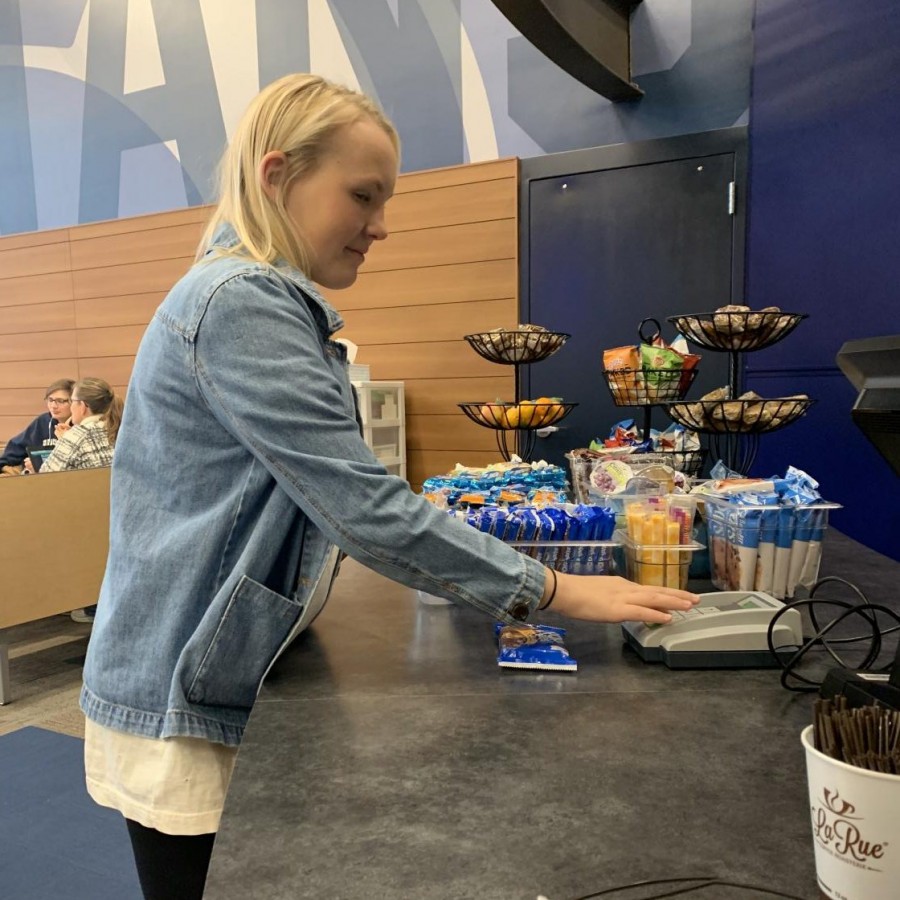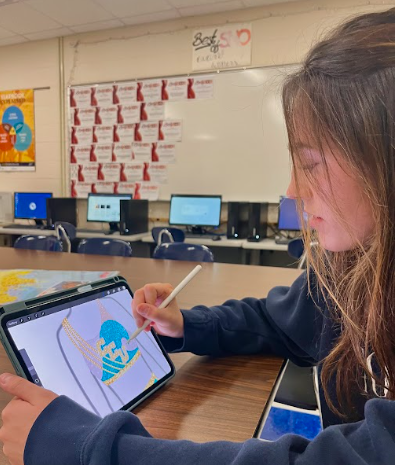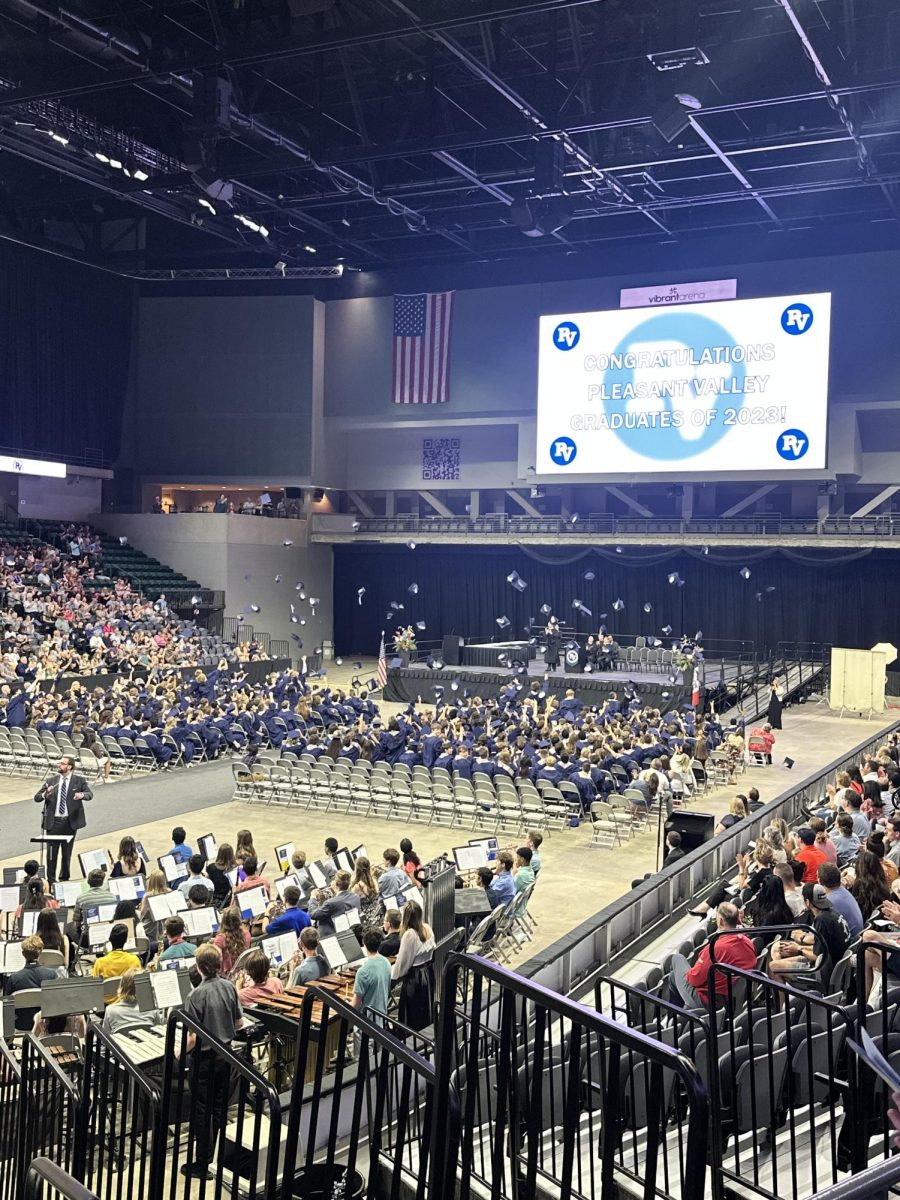With over 1500 students eating lunch at school every day, food wastage increases at a high rate because many students are not actively trying to reduce their own wastage.
Because of Dietary Guidelines for Americans, students are required to take a side of a fruit or vegetable. If a student buys a lunch without a fruit or vegetable, they receive a bag of carrots or applesauce. Because students are forced to take a fruit or vegetable, this leads to food wastage.
A way to prevent much of this waste is the donation cart. Students can deposit unopened food in the cart so other students or staff can have it. Located near the condiments table after the lunch line, the donation cart is usually found empty, since not many students know about it, including junior Sam McGrath.
“I never knew this donation cart existed,” said McGrath, “I usually throw away all the food in my tray, even if it is unopened. If I had known about it earlier, I could have saved a lot of food.”
Many students find that the location of the donation cart is why people do not know about it. “People do not know about the donation cart because it is empty most of the time and is nowhere near the trash cans,” said senior Aditya Desai. “Students would rather throw away their uneaten food than walking all the way to the cart.”
There are also other ways to reduce the food waste in the high school. After a handful of students and staff, like teacher Don Fry, give and take from the donation cart in D lunch, the leftovers are thrown away. By putting the donated food in study halls after lunch, some of the waste can be reduced as well. The school can also keep the non expired and canned foods in the lunch line or cart until the food goes bad.
Both the school and the students themselves have to find ways to cut down on food wastage if they want to make a positive impact on the community.










